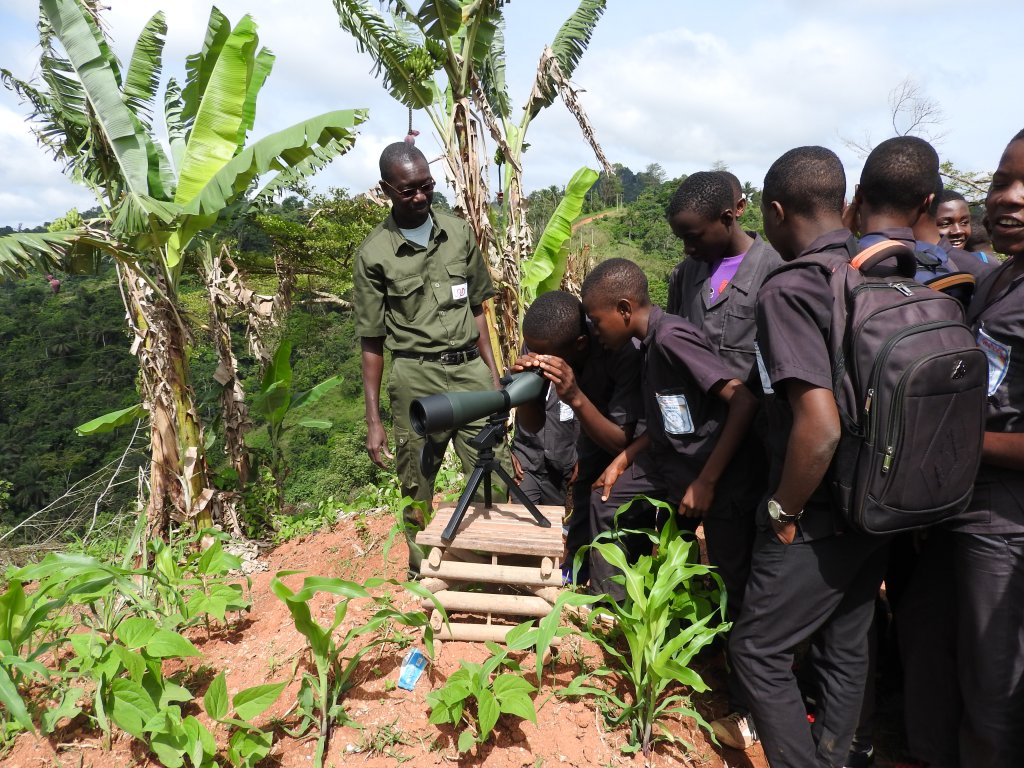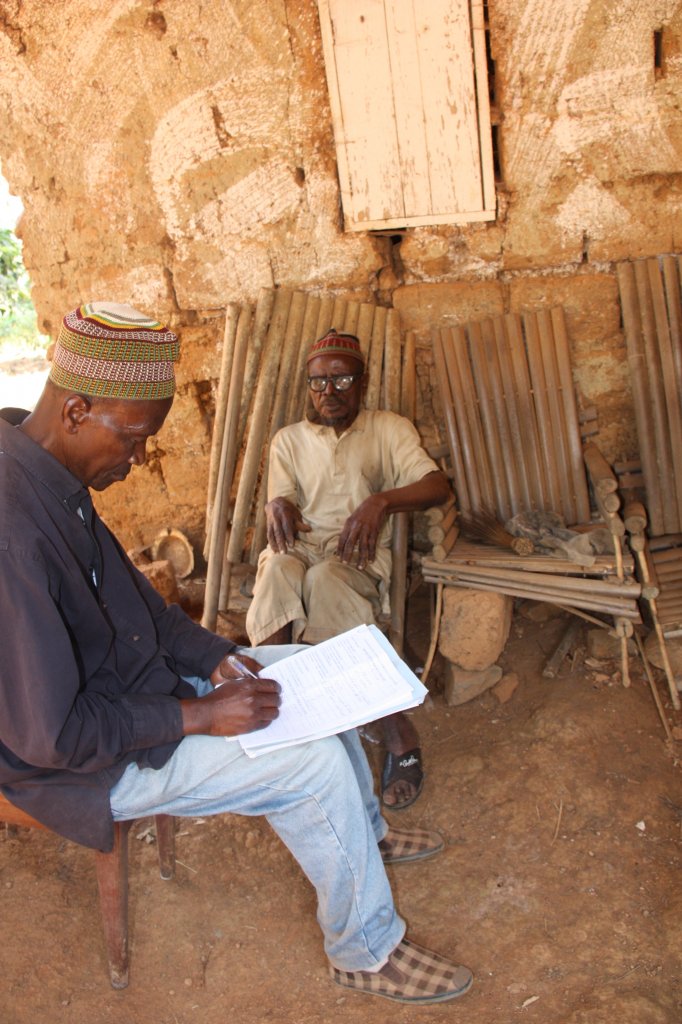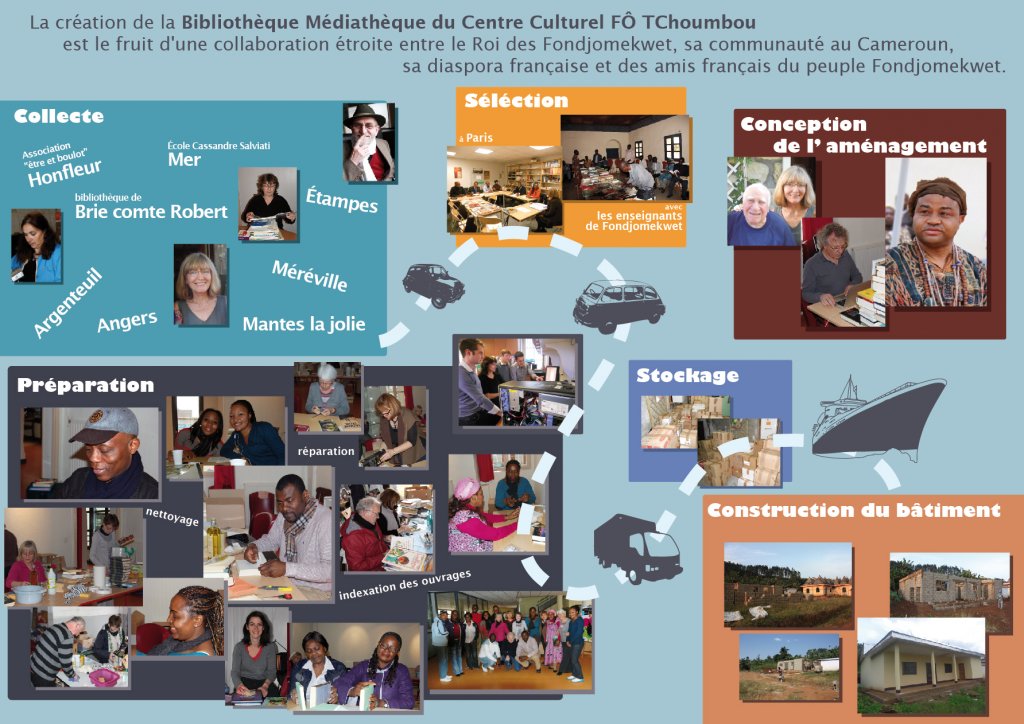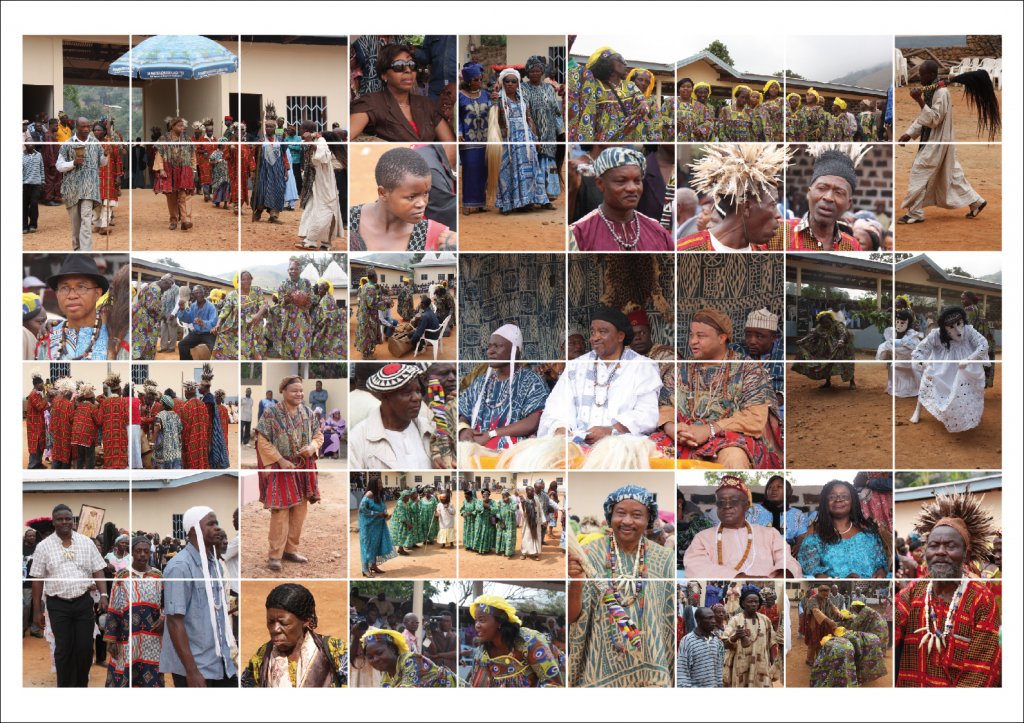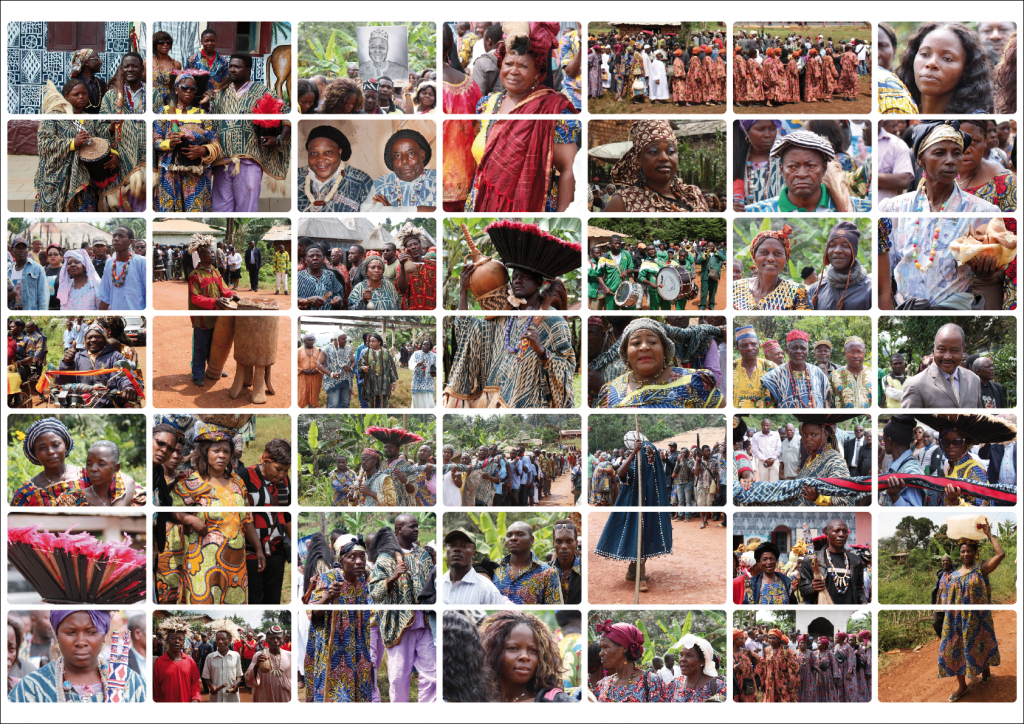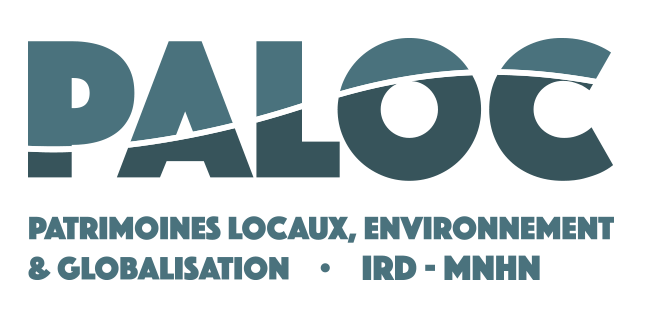Objectives
This research program aims to present the heritage of the Fondjomekwet chieftaincy. It also studies the mechanisms underlying the heritage selection process and local representations associated with the museum and visitors.
Specific actions
A participatory inventory is being carried out with representatives of the Fondjomekwet chieftaincy about what the communities consider to be their heritage. Work still needs to be done on the cultural practices promoted by the diaspora.
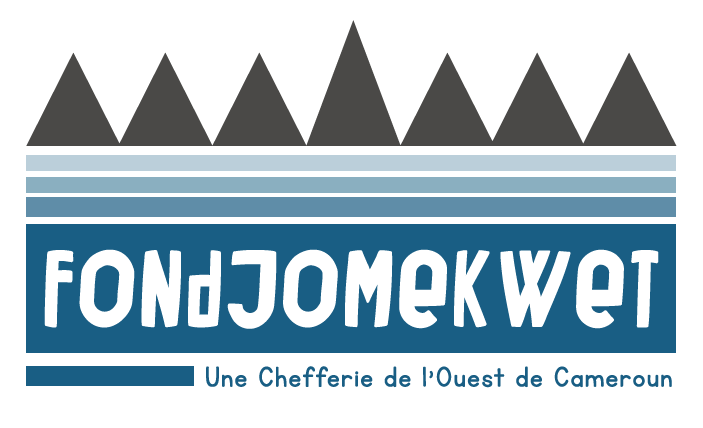
 Project created
Project created
 Internationally
Internationally
- Cameroon
Cameroon
Type of project : Field, online
Participation period : Annual or multi-annual meetings
Level of involvement : Case by case
Project description
Since 2004, a major program to promote “cultural and natural heritage” has been underway in the West Region of Cameroon to develop tourist activity. This program, called “La Route des Chefferies” (www.routedeschefferies.com), encourages kingdoms to create “heritage huts” and accommodation facilities and to identify natural sites with potential visitor appeal to make them accessible to visitors. This is a large-scale process with more than fifty kingdoms taking part and it has already led to the creation or restoration of a dozen museums in the area. In most cases, only the traditional authorities – kings and their courts, and kingdom elites – have taken part in the selection of regalia or sets of symbolic objects of royalty to be displayed to local or foreign visitors. This is why we wanted to take a very different approach based on a participatory inventory of the Fondjomekwet heritage to present all the heritage of the chieftaincy, not just the insignia of royalty.
This research program also studies the mechanisms underlying the heritage selection process and local representations associated with the museum and visitors, as well as the (re)construction of local identities that is necessarily triggered by these activities.
A participatory inventory was carried out during successive themed meetings with representatives of the Fondjomekwet communities about what they consider to be their heritage. Various themed approaches were covered: the chieftaincy history, the central power of the Bamileke chieftaincy, the economy (agriculture and animal husbandry, crafts and trade), the environment, and habitat (traditional/modern architecture and the royal palace architecture). One theme remains to be explored: the cultural practices promoted by the diaspora
This participatory research program encourages a more conceptual reflection about participatory research itself by raising the following questions:
– What are the different forms of participation used by various actors (institutional and individual, researchers and populations) when heritage is at stake?
– What are the different attitudes or roles adopted specifically by researchers? Researchers can be initiators or catalysts, for example.
– What are the contributions, requirements and limitations or challenges of collaborative research work on heritage-making?
– What are the connections between how the request is perceived, the research results, how research results are reported back and the flexibility and limitations of researchers throughout the process?
This project is part of a long-standing collaboration between members of the UMR 208 joint research unit and His Majesty Yves Djombissié Kamga, Paramount Chief of the Fondjomekwet group (Cameroon’s West Region). It was launched in March 2012, at the request of His Majesty Yves Djombissié Kamga.
Co-managers
Yves Girault
Professeur
Muséum national d’Histoire naturelle (MNHN)
Patrimoines locaux, Environnement et Globalisation (PALOC)

